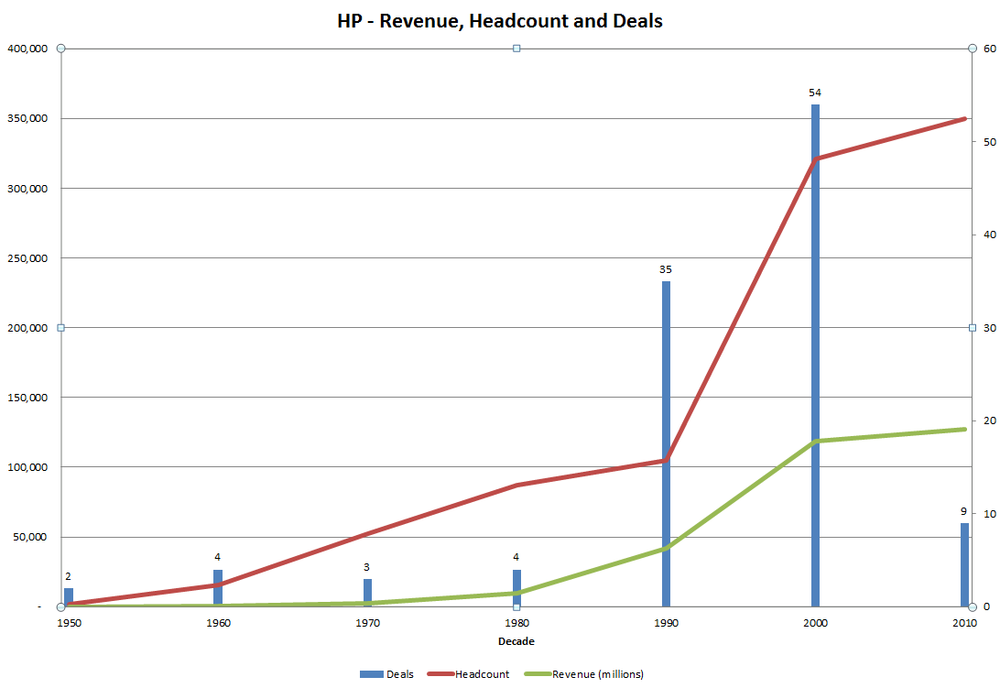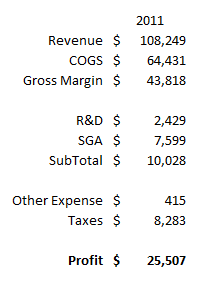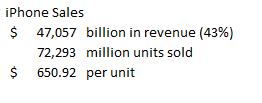Recently I found myself in the common situation of wanting to adjust the time of a flight I was taking to the Bay Area. Alaska Airlines makes this quite easy and I am willing to pay the $75 change fee for the flexibility. Everyone wins. I get just the flight time I want and Alaska gets a few more of my dollars. This time however, the earlier / later flight buttons did not come up during the web check in process.
I like Alaska Airlines. I don't fly enough to get to their highest points status every year, but I am usually enough of an MVP to get a few perks. I am also quite familiar with their web site, so when the option to go earlier or later was not presented I thought the web site must not be working right. So I called customer service.
As I would expect from Alaska Air, I got right through to a customer service person who said that it would be more than the original cost of my ticket to change the time. The person was friendly, but offered no explanation. The message was: The situations was what it was. I was disappointed because my travel plans were not working out the way I wanted, and my favorite airline was falling a few notches.
Again, I do appreciate a good customer experience and Alaska Air usually delivers. They also make a good effort to run their airline the way I would run it, with a focus on the customer and on quality. They also run it in a way that often is profitable, which is deserving of our respect in an age where the Wall Street types are sucking the life out of many of the airlines - ala Gordon Gekko.
So, disappointed, I went back to the web site to check in and fly the time that no longer fit my schedule. Imagine my surprise when the web site was now asking for volunteers to fly at a later time – just what I wanted! Well close. I wanted to fly later, but I did not want to have to show up at the time of my scheduled flight and find out that I may have to wait around the airport for a few hours until a later time. A quick check on the Alaska Air reservations page showed that there were seats available on the later flights. OK. I want to go later, Alaska wants me to go later, and there are seats on the later plane – a great opportunity for everyone to win.
Unfortunately for all of us, customer service, even though they were friendly and answered fast, still told me I would have to pay big bucks to change.
For many years the airlines have been out front in the quest for both efficiency and customer loyalty. They achieve efficiency by reducing the mechanics of consuming their service to policies that can be carried out by travel agents, call center agents, and increasingly the customers themselves. They generate customer loyalty by offering benefits that are difficult to reproduce elsewhere (increasing the cost of switching), and just plain making their high value customers feel good. The airlines understand that people do business with people they like.
My company manages relationships between large technology companies and their resellers. Since there are hundreds of thousands of these resellers, we have become experts in making policies and carrying them out efficiently. Our clients depend on their partners for most of their revenue, so we are quite sensitive to the traps that invariably arise when trying to be both efficient and build lasting relationships.
This background may make me more interested than the typical person in my experiences as a customer. Every interaction with a vendor is an opportunity to discover things to do and unfortunately often not to do.
My experience with Alaska Airlines was a good reminder that we have to be careful not to let our pursuit of efficiency degrade the customer’s experience, or even worse, prevent an outcome that even Alaska Airlines wanted. Here is a quick list of three lessons we can learn from this episode:
- Use Available Information: Each time I called into the call center, the customer service person should have seen my status level and other interesting things about me. A world class company would know at that moment that I am using slightly less of their service this year than last, that I was recently on flights that had been delayed – where vouchers were given out – and maybe even that the voucher I had been given was not redeemed. All of these indicators point to an opportunity for Alaska Air to regain ground recently lost in our customer relationship.
- Empower Humans to Intervene: The fact that I was taking the time to call should have been a signal to Alaska Airlines. The fact that I called twice in two days about the same issue should have been a trigger to the person handling the issue to make an extra effort. These days, companies get very few opportunities to talk one on one with their customers. The fact that the customer service people either did not know or did not care about this situation was a lost opportunity for a high quality interaction with what might even be a high value customer. Once engaged, who knows what the outcome might have been? My company does not have a company wide purchasing agreement with Alaska Air – I don’t know if they do that kind of thing, but it could be valuable to Alaska Air. After all, many of my employees are more loyal to Southwest or Virgin than to Alaska Air. Also, I have never really understood how the Alaska Air lounges work. I know that I have to purchase a membership, but no one has ever asked me to do so, and every time I walk past the lounge I think I should figure that out one day.
- When All Else Fails – Empathize: In the end, there may not have been anything that could have been done to put me on a later flight and relieve the overbooked nature of the flight I was on. Such “facts of life” are common in the real world. A great deal of good will could have been gained if Alaska Air’s customer service people had just said they were sorry that a solution was not available. Saying I had to buy the ticked all over again – take it or leave it – really benefited no one.
Of course I am grateful to Alaska Air for the many times they have provided me with safe, reliable, and friendly travel. I also appreciate this reminder to check in and make sure our policies are not needlessly degrading our client relationships.
It would be much more fun to have gained this insight without having to waste most of a day traveling at an inconvenient time. But hey, managing relationships at scale is a difficult business.



